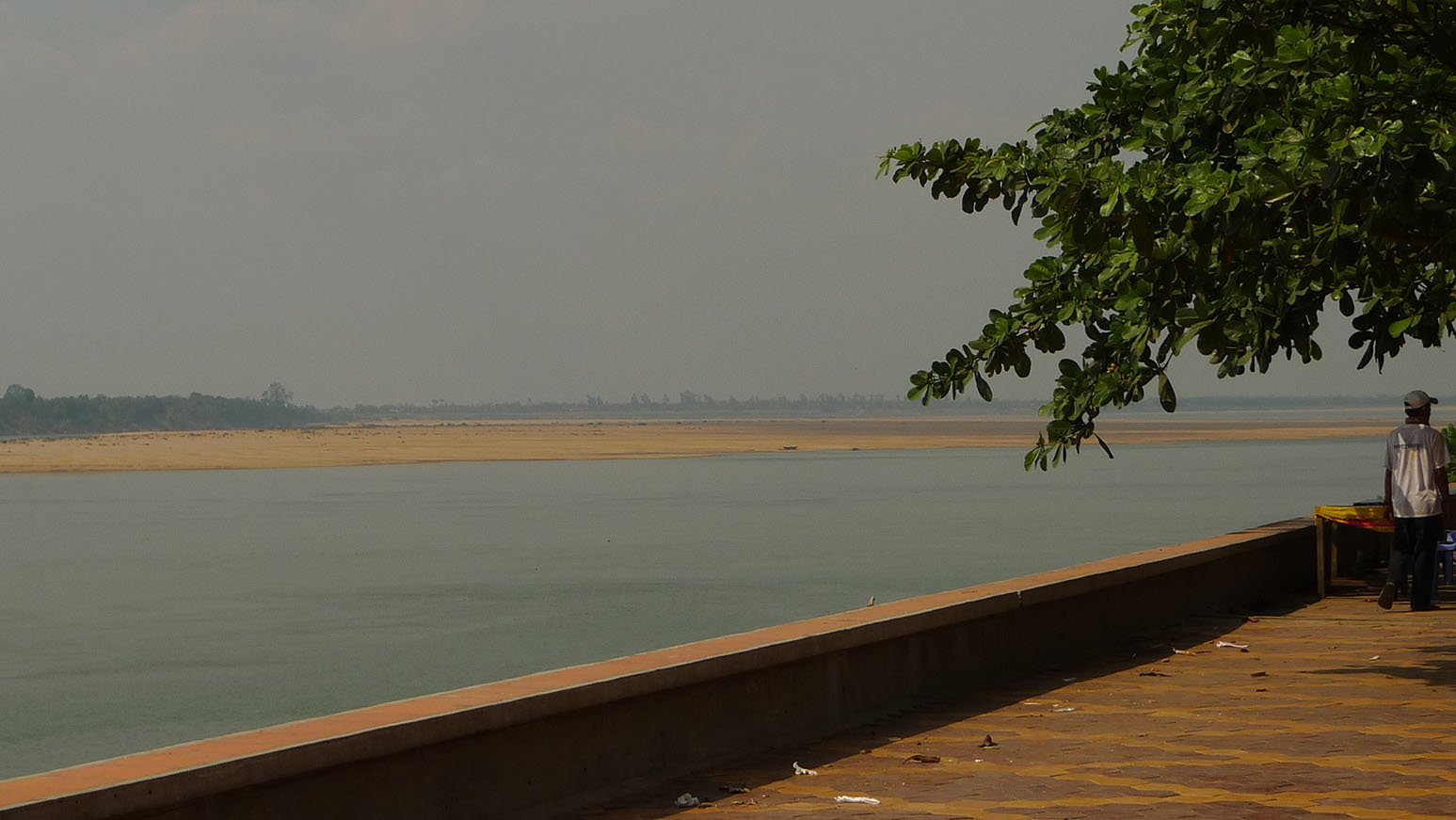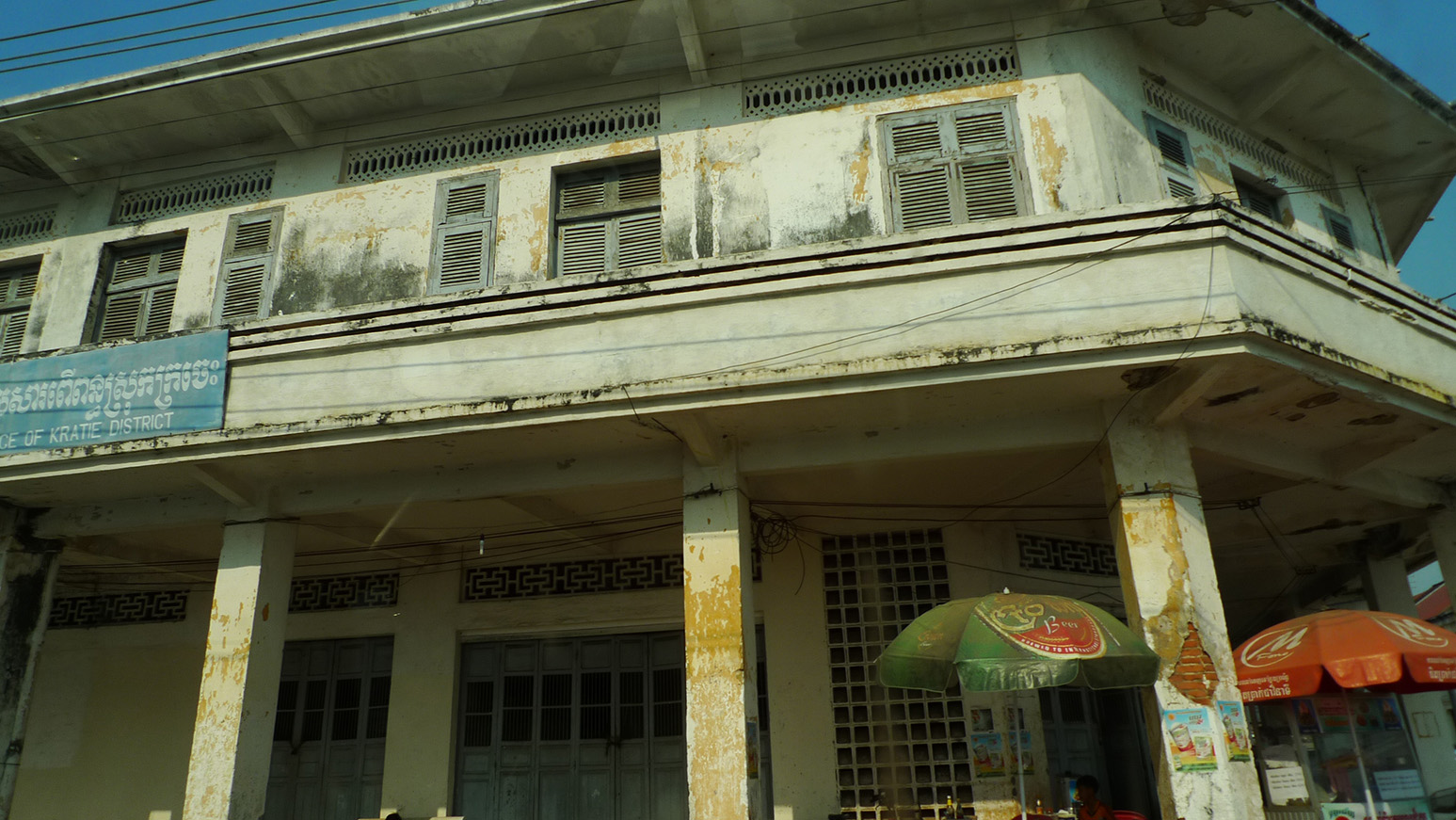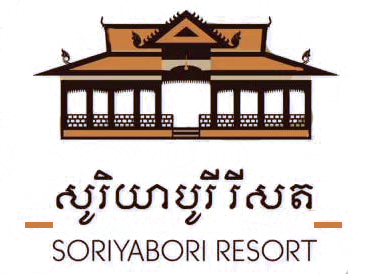
The town of Kratie (pronounced Krachèh), forms a very slight overhang on the left bank of the Mekong. Lazily stretched out over three or four kilometres, its ‘Promenade des Anglais’, fringed with tamarind, teak and fake cotton trees, dominates the river.
Kratie is a charming town from another age, with an ‘old colonial sub-prefecture’ feel that will delight nostalgic visitors. In fact, situated in the historic region of the Khmer Rouge struggle (the first Pol Pot maquis emerged in the jungle, a few kilometers to the east), Kratie was one of the first to be ‘liberated’, which means that it is relatively well preserved architecturally.
In the past, Kratie has not always been in the same place. When the Siamese devastated the province in 1883, the village of Kratie was located directly opposite, on the opposite bank. The village which occupied the place was then called Kompong Krobey, but the Siamese incursions and the better holding of the grounds at Kompong Krobey for the mooring of the boats going up or down the Mekong made that Kratie moved insensibly to the other side of the river, on the left bank at its current place, pushing back towards the hinterland the Stieng minority which occupied the place.
After the Mekong riverfront and its tree-lined promenade, a hundred meters inland, lies the market square. With its covered passageways, the charming little street leading to it has a distinctly old-fashioned feel, as do all the streets around the square. You’d almost think you were in a village in French Correze that had been colonized by refugees… The market is built in concrete and, because of the Mekong, offers a wide range of fishing and boating goods, as well as all the usual everyday products, at much lower prices than in other towns. The restaurant part of the market is surprisingly clean; you don’t wade through the mud as you often do elsewhere, and it almost whets your appetite…
The streets around the market are also worth a visit for the pretty houses they reveal here and there.
In the area
Sambor rapids and Mekong dolphins.
It is in the immediate vicinity of Prek Khsor, 7 km upstream from Kratie, that we enter the area of the Sambok rapids. Virtually submerged in the rainy season, the rapids used to interrupt the flow of large boats over a distance of almost 37km in the dry season. The trip is well worth it, as the upper reaches of the Mekong are dotted with islands, sandbanks and outcrops of rock. Here you can see a multitude of birds and wild animals, including the freshwater dolphin… At 14 km from the town, a large sign on the left announces the presence of these rare mammals in these waters.
The best time to see them is in the late evening, when it’s a good idea to hire a boat ($9/person) and head out to meet them. According to the locals, there are around thirty individuals in the community, frolicking in groups at sunset.
At Sandan, the main road bends to the east, but you can continue along the riverside road as far as Sambaur. This village is the site of ancient Çambuphura, one of the capitals of the Tchen-La in the 6th and 7th centuries and for a long time one of the major cities of ancient Cambodia until the 19th century. All that remains today are a few ruined sanctuaries spread over a few square kilometres to the north of the village: Wat Tossor Muoy Roy (the pagoda of a hundred columns), Tuol Komnop, Trapeang Thma, Trapeang Prey and Luang Prang, whose importance is hard to fathom.

The Siamese pillaged Sambaur in 1840, taking between 6 and 8,000 inhabitants captive, half of whom perished in the jungle on their way to Bangkok. A few captives managed to escape and returned to Kratie, while those who remained prisoners are said to have founded a village near Bangkok.
